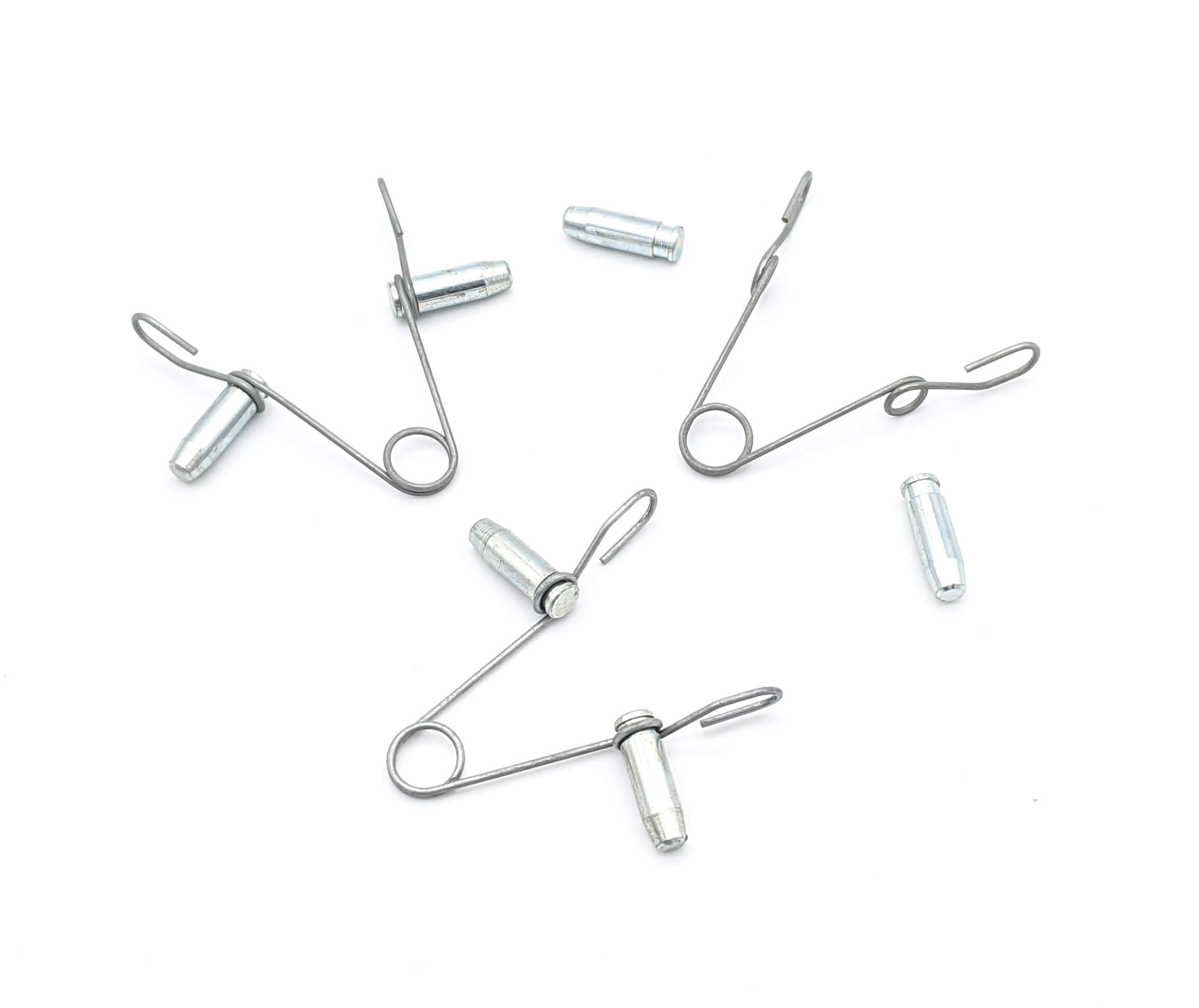Get unique, complex parts easily. No matter your requirements, Chaoyi Spring creates hard-to-produce coil springs and wire forms.
Let us help you create the custom wire form you need, from S-hooks and J-hooks to utility hooks and more.
We work closely with customers across a wide range of industries, helping them design and manufacture made-to-order parts.
Why choose Chaoyi Spring? We prioritize customer-focused collaboration, modern equipment and the latest technology to make your parts per print.
Find the information and guidance you need, from measuring a spring to learning about materials, placing an order and much more.
Choosing the right spring for your application can be a daunting task, especially when faced with the seemingly endless options available. Two popular types of springs, la springs and coil


Choosing the right spring for your application can be a daunting task, especially when faced with the seemingly endless options available. Two popular types of springs, la springs and coil springs, often leave engineers and hobbyists alike questioning which one reigns supreme. This article delves into the nuances of each type, exploring their strengths, weaknesses, and specific applications, ultimately guiding you towards making the best decision for your needs.

La springs, also known as flat springs, are constructed from a single piece of flat spring steel, typically formed into a curved or angled shape. Their unique design allows them to operate under various load conditions, from simple tension to complex torsional forces. They are often favored for their ability to handle high loads and their compact size.
Coil springs, as their name suggests, are made by winding a wire into a helical coil. These springs are incredibly versatile, designed to absorb energy and return to their original shape under compression or tension. Their simple yet effective design makes them ideal for a wide range of applications, from automotive suspensions to simple door closers.
While both la springs and coil springs excel in their respective domains, there are distinct differences that make one type a better fit for specific applications than the other. Let's break down these key differences to help you make an informed decision.
The most obvious difference lies in their physical form. La springs are flat, typically shaped into a curve or angle, while coil springs are formed by winding a wire into a helical coil. This difference in shape directly impacts their load-bearing characteristics.
La springs are generally better at handling higher loads compared to coil springs, especially in tension and torsion applications. Their flat design allows for greater surface area contact with the load, resulting in higher resistance and greater force distribution. Coil springs, on the other hand, excel in applications requiring consistent force and a predictable response, like absorbing shock in suspension systems.
Coil springs offer greater flexibility and deflection, allowing them to absorb and release energy more efficiently. La springs, with their more rigid design, tend to have a smaller deflection range and might not be the best choice for situations requiring substantial energy absorption. However, their rigidity can be beneficial in applications where stability and precise control are paramount.
La springs often require more complex manufacturing processes compared to coil springs. They need specialized tooling and precision bending techniques to achieve their intricate shapes. Coil springs, on the other hand, are typically produced using simpler winding procedures, making them generally more cost-effective to manufacture.
The ideal spring for your application is determined by its specific requirements. La springs are frequently found in:
Coil springs, on the other hand, are prevalent in:
When selecting between a la spring and a coil spring, consider these factors:
In conclusion, the choice between a la spring and a coil spring ultimately hinges on the specific application requirements. While la springs excel in high-load applications requiring stability and precision, coil springs dominate in applications demanding flexibility, energy absorption, and cost-effectiveness. By carefully analyzing your needs and weighing the advantages and disadvantages of each type, you can confidently select the optimal spring for your project, ensuring optimal performance and achieving the desired results.
Understanding the nuances of la springs and coil springs is crucial for engineers, designers, and anyone seeking reliable spring solutions. While both types offer unique benefits, choosing the right one is paramount for achieving the desired functionality and performance in your application.
Browse some of the custom wire forms and springs that we manufacture. Don’t see what you need? We specialize in made-to-order products that meet your application requirements.
Visit Our GalleryNeed a custom wire form or coil spring? We make it work. Fill out the contact form and a representative will respond within 1 business day. If you have a PDF or CAD file, you can submit to request a quote.